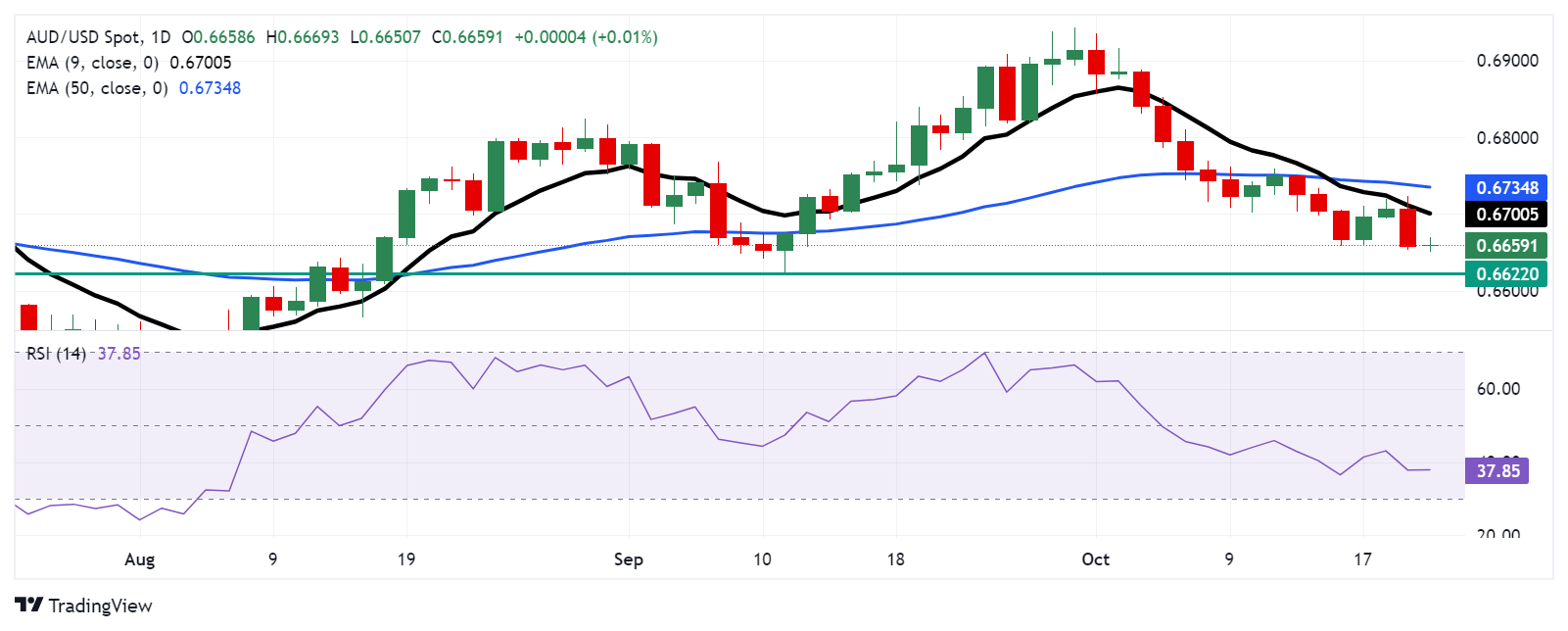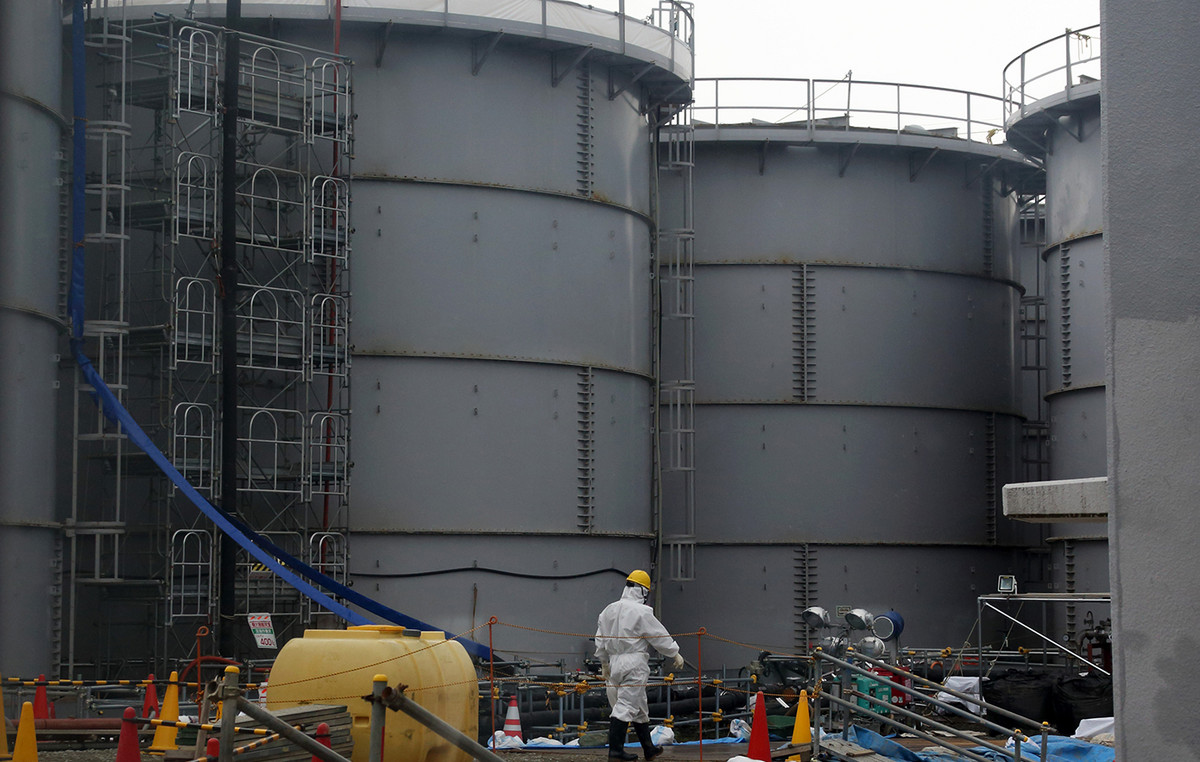- The Australian dollar falls while the US dollar gains ground due to increased risk aversion.
- The hawkish sentiment around the RBA could limit the AUD’s decline.
- US 2-year and 10-year yields stand at 4.02% and 4.19%, respectively.
The Australian Dollar (AUD) remained weak against the US Dollar (USD) on Tuesday, as the AUD/USD pair struggled following a rise in US Treasury yields, which rose more than 2% on Monday. This increase was driven by signs of economic strength and concerns about a possible resurgence of inflation in the United States (US).
Downside risk to the Australian Dollar could be contained due to growing hawkish sentiment around the Reserve Bank of Australia (RBA) on its policy outlook, bolstered by positive Australian employment data. Additionally, the AUD found support from China’s recent rate cuts, as China remains Australia’s largest trading partner.
The US dollar gained strength as recent economic data dispelled the likelihood of a significant rate cut by the Federal Reserve (Fed) in November. According to the CME FedWatch tool, the probability of a 25 basis point rate cut in November is 89.1%, with no expectation of a cut larger than 50 basis points.
Traders await the Purchasing Managers’ Index (PMI) reports from both the US and Australia, due out on Thursday. These reports could provide insight into the health of each economy and influence future monetary policy decisions.
Daily Market Drivers Summary: Australian Dollar Falls on Rising Risk Aversion
- The 2-year and 10-year US Treasury yields stand at 4.02% and 4.19%, respectively, at the time of writing.
- On Monday, Federal Reserve Bank of Minneapolis President Neel Kashkari highlighted that the Fed is closely monitoring the US labor market for signs of rapid destabilization. Kashkari warned investors to anticipate a gradual pace of rate cuts in the coming quarters, suggesting that any monetary easing will likely be moderate rather than aggressive.
- Federal Reserve Bank of San Francisco President Mary Daly stated that while she expects the Fed to reduce interest rates gradually in the coming quarters, the central bank remains committed to a data-driven approach.
- RBA Deputy Governor Andrew Hauser addressed the CBA’s 2024 Global Markets Conference in Sydney on Monday, expressing mild surprise at the strength of jobs growth. Hauser noted that the labor participation rate is remarkably high and emphasized that while the RBA is dependent on data, it is not obsessed with it.
- The People’s Bank of China (PBoC) reduced the 1-year LPR to 3.10% from 3.35% and the 5-year LPR to 3.60% from 3.85%, in line with expectations. Lower borrowing costs are expected to stimulate China’s domestic economic activity, which could boost demand for Australian exports.
- The National Australia Bank revised its forecast for the Reserve Bank of Australia (RBA) in a note last week. “We have brought forward our expectations for the timing of rate cuts, now anticipating the first cut in February 2025, rather than May,” the bank stated. They continue to forecast gradual cuts, with rates expected to decline to 3.10% by early 2026.
- US retail sales rose 0.4% month-on-month in September, outperforming the 0.1% increase recorded in August and market expectations for a 0.3% increase. Additionally, US initial jobless claims fell by 19,000 during the week ending October 11, the largest drop in three months. The total number of applications fell to 241,000, significantly below the 260,000 anticipated.
- Australia’s seasonally adjusted employment change rose by 64,100 in September, taking total employment to a record 14.52 million. This far exceeded market expectations of an increase of 25,000, following a revised increase of 42,600 the previous month. Meanwhile, the unemployment rate remained stable at 4.1% in September, in line with the revised August figure and lower than the anticipated 4.2%.
Technical Analysis: Australian Dollar falls near 0.6650, eight-week lows
The AUD/USD pair is trading around 0.6660 on Tuesday. Technical analysis of the daily chart shows the pair below the nine-day exponential moving average (EMA), indicating a short-term bearish outlook. Furthermore, the 14-day Relative Strength Index (RSI) remains below 50, reinforcing the bearish sentiment.
On the downside, the pair could test its eight-week low of 0.6622, last reached on September 11, followed by the psychological level of 0.6600.
Resistance could come from the nine-day EMA at 0.6700, followed by the 50-day EMA at 0.6734. A break above this level could open the door for a move towards the psychological resistance of 0.6800.
AUD/USD: Daily Chart
Australian Dollar PRICE Today
The table below shows the percentage change of the Australian Dollar (AUD) against major currencies today. Australian dollar was the weakest currency against the Japanese yen.
| USD | EUR | GBP | JPY | CAD | AUD | NZD | CHF | |
|---|---|---|---|---|---|---|---|---|
| USD | -0.03% | -0.01% | -0.17% | 0.01% | -0.00% | -0.02% | -0.16% | |
| EUR | 0.03% | 0.02% | -0.13% | 0.03% | -0.00% | 0.02% | -0.13% | |
| GBP | 0.01% | -0.02% | -0.16% | 0.03% | 0.00% | -0.00% | -0.14% | |
| JPY | 0.17% | 0.13% | 0.16% | 0.19% | 0.16% | 0.14% | 0.00% | |
| CAD | -0.01% | -0.03% | -0.03% | -0.19% | -0.02% | -0.03% | -0.18% | |
| AUD | 0.00% | 0.00% | 0.00% | -0.16% | 0.02% | -0.01% | -0.16% | |
| NZD | 0.02% | -0.02% | 0.00% | -0.14% | 0.03% | 0.00% | -0.14% | |
| CHF | 0.16% | 0.13% | 0.14% | 0.00% | 0.18% | 0.16% | 0.14% |
The heat map shows percentage changes for major currencies. The base currency is selected from the left column, while the quote currency is selected from the top row. For example, if you choose the Australian Dollar from the left column and move along the horizontal line to the US Dollar, the percentage change shown in the box will represent the AUD (base)/USD (quote).
The Australian Dollar FAQs
One of the most important factors for the Australian Dollar (AUD) is the level of interest rates set by the Reserve Bank of Australia (RBA). As Australia is a resource-rich country, another key factor is the price of its largest export, iron ore. The health of the Chinese economy, its largest trading partner, is a factor, as is inflation in Australia, its growth rate and the Balance of Trade. Market sentiment, that is, whether investors bet on riskier assets (risk-on) or seek safe havens (risk-off), is also a factor, with the risk-on being positive for the AUD.
The Reserve Bank of Australia (RBA) influences the Australian Dollar (AUD) by setting the level of interest rates that Australian banks can lend to each other. This influences the level of interest rates in the economy as a whole. The RBA’s main objective is to maintain a stable inflation rate of 2%-3% by adjusting interest rates up or down. Relatively high interest rates compared to other major central banks support the AUD, and the opposite for relatively low ones. The RBA can also use quantitative easing and tightening to influence credit conditions, with the former being negative for the AUD and the latter being positive for the AUD.
China is Australia’s largest trading partner, so the health of the Chinese economy greatly influences the value of the Australian Dollar (AUD). When the Chinese economy is doing well, it buys more raw materials, goods and services from Australia, which increases demand for the AUD and drives up its value. The opposite occurs when the Chinese economy does not grow as fast as expected. Therefore, positive or negative surprises in Chinese growth data usually have a direct impact on the Australian Dollar.
Iron ore is Australia’s largest export, with $118 billion a year according to 2021 data, with China being its main destination. The iron ore price, therefore, may be a driver of the Australian dollar. Typically, if the price of iron ore rises, the AUD also rises as aggregate demand for the currency increases. The opposite occurs when the price of iron ore falls. Higher iron ore prices also tend to result in a higher likelihood of a positive trade balance for Australia, which is also positive for the AUD.
The trade balance, which is the difference between what a country earns from its exports and what it pays for its imports, is another factor that can influence the value of the Australian dollar. If Australia produces highly sought-after exports, its currency will gain value solely from the excess demand created by foreign buyers wanting to purchase its exports versus what it spends on purchasing imports. Therefore, a positive net trade balance strengthens the AUD, with the opposite effect if the trade balance is negative.
Source: Fx Street
I am Joshua Winder, a senior-level journalist and editor at World Stock Market. I specialize in covering news related to the stock market and economic trends. With more than 8 years of experience in this field, I have become an expert in financial reporting.








